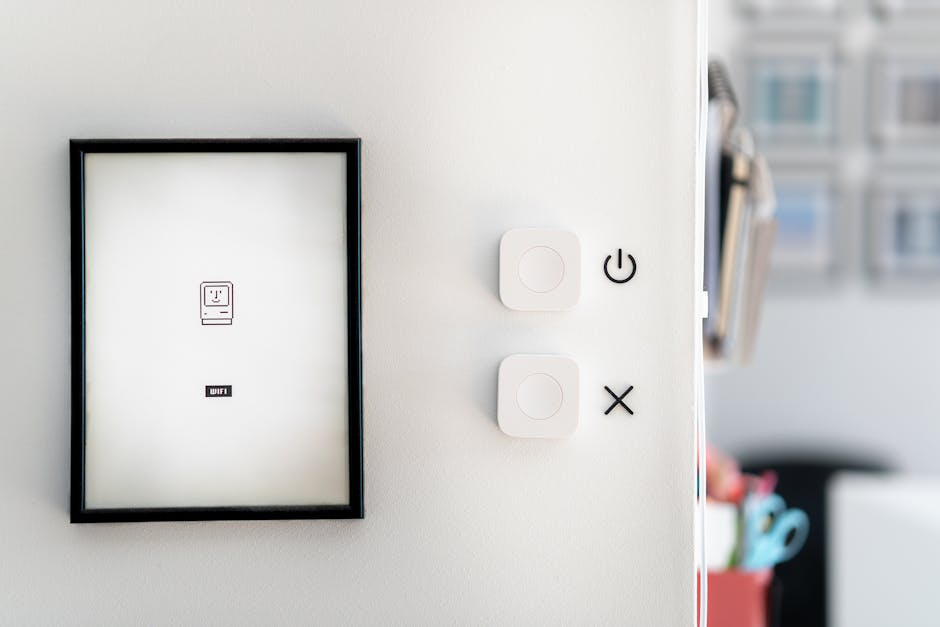Meta Is Killing the External Facebook Like Button
In a major shift, Meta has announced it will discontinue the Facebook Like button on external websites. This iconic feature, which let users “like” content across the web, is being phased out as Meta refocuses its strategy.
Why Is Meta Removing the Like Button?
Introduced in 2010, the Like button became a staple for engagement on blogs, news sites, and online stores. However, Meta now says it no longer aligns with its long-term goals.
A company spokesperson stated:
“We’re prioritizing secure, integrated solutions. The external Like button doesn’t fit our roadmap.”
3 Key Reasons Behind the Change
- Privacy Regulations – The Like button allowed Facebook to track users off-platform, raising GDPR and data privacy concerns.
- Changing User Behavior – Engagement has shifted toward Stories, Reels, and messaging apps over traditional likes.
- Focus on Meta’s Ecosystem – Meta wants tighter control within Facebook, Instagram, and WhatsApp, pushing tools like Facebook Login and Meta Pixel.
How Will This Affect Businesses & Publishers?
Websites that relied on the Like button may face challenges, including:
– Lower social proof (visible likes)
– Reduced Facebook referral traffic
– Need for alternative sharing tools
What Replaces the Like Button?
Meta recommends:
✅ Facebook Share Button – Directly posts content to a user’s feed.
✅ Meta Pixel – Tracks conversions for ads.
✅ Cross-app sharing – Encouraging shares via Instagram and WhatsApp.
User & Marketer Reactions
Opinions are split:
👍 “Good for privacy!”
👎 “This hurts small businesses!”
💡 Marketers are exploring Twitter/X, Pinterest, and LinkedIn buttons as alternatives.
Final Verdict: The End of an Era
Meta’s move signals a shift away from open-web engagement toward a walled-garden approach. Businesses must adapt by exploring new sharing tools and analytics.
What do you think? Will you miss the Like button, or is this change overdue? Let us know in the comments!




